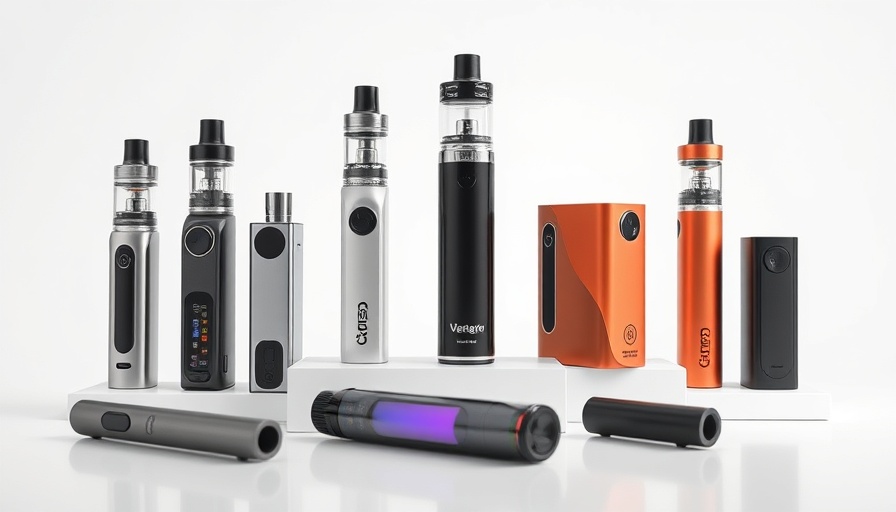
New Nicotine Products: A Growing Concern
The recent session of the Revere Board of Health shed light on a concerning trend in the tobacco market: the emergence of potent new nicotine products, particularly nicotine pouches. As highlighted by Bonny Carroll, Director of the 6-City Tobacco Initiative, these products are taking over convenience store shelves, raising alarms about youth addiction and public health.
The Shift from Traditional Tobacco
Unlike traditional cigarettes, which are heavily regulated and have a known impact on health, nicotine pouches contain nicotine salts without tobacco. A typical pack of Marlboro cigarettes has about 127 milligrams of nicotine, while just one container of popular pouches like ZYN contains 160 milligrams—all for just $5. This price accessibility allows users, especially younger individuals, to consume nicotine in higher concentrations without the stigma associated with smoking.
The Impact of Accessibility and Popularity
Carroll’s report indicates that these pouches are not just a niche product; they are flooding into the market and becoming increasingly popular among young adults and teenagers. Their appeal is intensified by aggressive marketing and the enhancement of flavor options designed to attract this demographic. It poses an alarming scenario where addiction and health impacts could mimic those seen during the tobacco epidemic of the late 20th century.
Understanding the Risks of Nicotine Addiction
Nicotine, as a potent chemical, has well-documented risks. Carroll expressed concern over the low entry barriers to addiction due to the high concentration in these new products. Young users experimenting with these pouches may not recognize the physical dependency that can form quickly, potentially leading to long-term health complications. With overdose deaths being a leading cause of mortality in younger populations, the introduction of these products could exacerbate existing problems in public health.
Community Response: Education and Compliance
In response to these emerging threats, community leaders like those on the Revere board are working to inform the public and tackle compliance in local businesses. The 23 tobacco compliance checks conducted this year reported pass rates among local vendors—a promising sign that retailers are engaging responsibly with adherence to laws regarding cannabis and nicotine sales. However, public health advocates argue more robust mechanisms are needed to manage the spread of these new products effectively.
A Broader Perspective: Historical Context
Historically, similar patterns of product flooding occurred with other substances that were later deemed harmful, prompting stricter regulations. The tobacco industry's past tactics offer a cautionary tale as public health advocates push for vigilance in not allowing history to repeat itself with new nicotine products. Embracing education and proactive measures can help shield the community while fostering a healthier future for the younger generation.
Next Steps for Local Communities
Communities need to enhance public awareness about the dangers of emerging nicotine products. Local health initiatives should prioritize educational campaigns targeting both retailers and consumers, pushing for transparency about the risks associated with nicotine pouches. Public forums and school programs could also facilitate discussions on nicotine addiction, ensuring youth have the knowledge to make informed choices.
As Massachusetts grapples with these rising trends, collaboration between policymakers, health educators, and local communities will be crucial to combat potential nicotine addiction and promote healthier lifestyles.
 Add Row
Add Row  Add
Add 




 Add Row
Add Row  Add
Add 

Write A Comment